I want to draw the block diagram of a generic inverting amplifier.

simulate this circuit – Schematic created using CircuitLab
Question: What is the actual block diagram for an inverting amplifier?
I want to draw the block diagram of a generic inverting amplifier.

simulate this circuit – Schematic created using CircuitLab
Question: What is the actual block diagram for an inverting amplifier?
I'd start here with this simple relationship: -
Then I'd formulate Vx in terms of Vi, Vo, R1 and R2: -
So the first equation in red becomes \$V_X = \dfrac{-V_O}{A_{OL}}\$ and this equals the 2nd equation in blue hence: -
$$\dfrac{-V_O}{A_{OL}} = (V_O-V_I)\cdot\dfrac{R_1}{R_1+R_2}+V_I$$
Drill down and you get: -
$$\dfrac{V_O}{V_I} = \dfrac{\frac{-R_2}{R_1+R_2}}{\frac{1}{A_{OL}}+\frac{R_1}{R_1+R_2}}$$
And, when AOL is very large the gain is -R2/R1. Hope I solved this correctly!!
Eureka! I think I got it. Writing a node equation for \$V_a\$ yields
$$\frac{V_a-V_\text{in}}{R_1} + \frac{V_a-V_o}{R_2} = 0$$
Solving for \$V_a\$ one gets
$$V_a = V_o \cdot \frac{R_1}{R_1+R_2} + V_\text{in} \cdot \frac{R_2}{R_1+R_2} $$
If you think of \$V_\text{in}\$ as one input and \$ref\$ as another input the block diagram is not that hard to draw. I think it should look like this: -
As a sanity check let's find the transfer function \$\frac{V_o}{V_\text{in}}\$ via the block diagram. One can write 3 equations, one for each signal.
$$\begin{align*} e = ref-s_1 \\\\ V_o = eA_0 \\\\ s_1 = V_o \cdot \frac{R_1}{R_1+R_2} + V_\text{in} \cdot \frac{R_2}{R_1+R_2} \end{align*}$$
Solving for the \$e, V_o, s_1\$ gives
$$V_o = -\frac{A_0(R_1ref - V_\text{in}R_2 + R_2ref)}{A_0R_1 + R_1 + R_2} $$
Inserting \$ref = 0\$ (it is ground) the expression reduces to
$$V_o = - \frac{A_0V_\text{in}}{A_0R_1 + R_1 + R_2} $$
Letting \$A_0 \to \infty\$ we finally obtain
$$V_o = -V_\text{in} \cdot \frac{R_2}{R_1} $$
$$\frac{V_o}{V_\text{in}} = -\frac{R_2}{R_1}$$